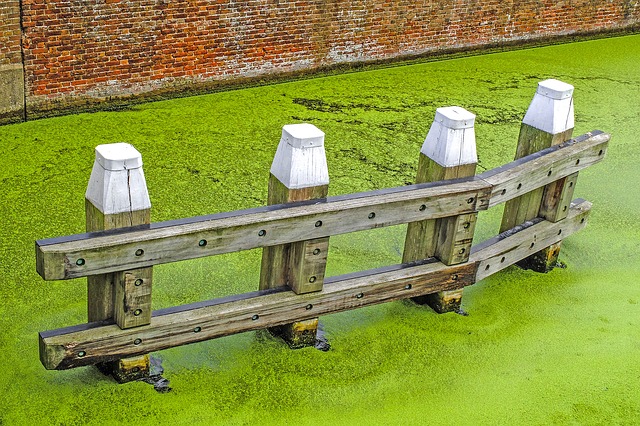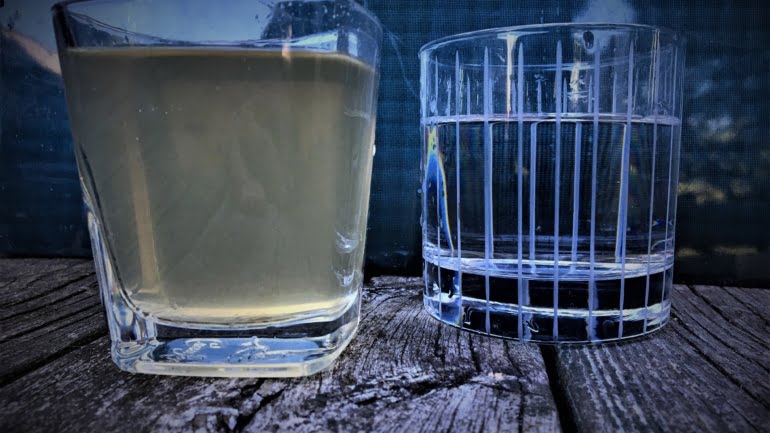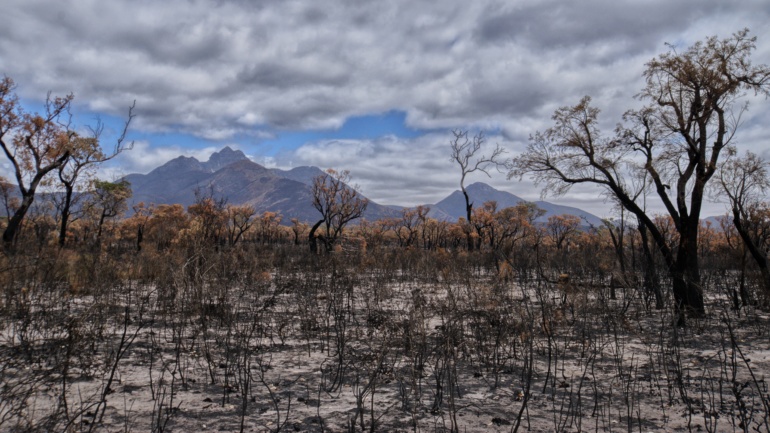By Hoang-Nam Vu, Staff Writer at Save the Water™ | October 20th, 2016
It is challenging to find a reality where phosphorus is not an integral part of our society. It is found in chemistry classrooms, the human body, and the Earth’s atmosphere, but it is most notably found as one of the three core components of the standard NPK fertilizer. What society doesn’t always associate the chemical with, however, is water pollution. According to Associate Professor Kasper Reitzel, Department of Biology, University of Southern Denmark, the water quality in 40% of Europe’s lakes does not meet the demands of EU’s [European Union’s] Water Framework Directive, mainly due to phosphorus pollution” (ScienceDaily, 2016).
Phosphorus pollution may seem like a foreign concept to many. Unlike arsenic and mercury, phosphorus isn’t normally an element notorious for its toxicity. Many would be surprised, then, to know that “phosphorus from industrial and municipal wastewater facilitates eutrophication” (Stoddard, 2016) which is caused by an excess of nutrients in the water. This leads to a large growth of algae, which depletes the water of oxygen (National Oceanic and Atmospheric Administration, 2008).
Concentrations of the chemical in lakes and streams worldwide has been increasing. “The percentage of lakes with TP [total phosphorus content] of ≤10 μg/L decreased from 24.9 to 6.7 between 2007 and 2012” (Stoddard, 2016). Additionally, its concentrations seem to be rising even when other nutrients, like nitrogen are not. Phosphorus tends to enter aquatic environments through runoff, when soil particles containing said chemical (as well as nitrogen, potassium, and other chemicals) erode and are carried by precipitation to the ecosystem. However, phosphorus could also be entering aquatic environments through condensation in the atmosphere, exacerbating the problem. Moreover, phosphorus exposure is hard to mitigate through conventional methods once in the water, since it can be stored in the lake’s bed sediments and later released and recycled back into the water.
So how do we solve the dilemma of phosphorus pollution? Solutions vary, ranging from advanced technology to chemical methods. In Vermont, authorities plan to clean up the local Lake Champlain by introducing various regulations, such as custom manure application training, the inspection of large, medium, and small farms, and other advanced technology and training (Aragon, 2016). In a study evaluating the impact of aluminum salts on internal phosphorus loading, scientists found that the “threshold criteria for treatment longevity indicated the importance of Al [Aluminum] dose, watershed to lake area ratio, and lake morphology as important factors for treatment success” (Huser, 2016).
If there is anything we know for sure, it is that phosphorus pollution is a major concern. According to a study found in the journal Environmental Science and Technology, “eutrophication costs an estimated $2.2 billion per year in the U.S. alone and is the leading cause of drinking water problems in most developing countries” (Schindler, 2016). A special issue of Water Research stated that “phosphorus is the biggest cause of water quality degradation worldwide, causing “dead zones,” toxic algal blooms, loss of biodiversity and increased health risks for the plants, animals and humans that come in contact with polluted waters” (ScienceDaily, 2016). Further, the issue, noted that humans are still pumping almost 10 million tons of extra phosphorus in freshwater sources every year, namely in the form of runoff. Thus, phosphorus pollution has been and remains a critical problem we have to address.
References
Aragon, R. (2016, August 29). VT Drafts Lake Champlain Clean Up Plan. Retrieved September 30, 2016, from http://www.mychamplainvalley.com/news/vt-drafts-lake-champlain-clean-up-plan
Huser, B. J., Egemose, S., Harper, H., Hupfer, M., Jensen, H., Pilgrim, K. M., . . . Futter, M. (2016, June). Longevity and effectiveness of aluminum addition to reduce sediment phosphorus release and restore lake water quality. Water Research, 97, 122-132. doi:10.1016/j.watres.2015.06.051
National Oceanic and Atmospheric Administration. (2008, March 25). NOAA’s National Ocean Service Education: Estuaries. Retrieved September 30, 2016, from http://oceanservice.noaa.gov/education/kits/estuaries/media/supp_estuar09b_eutro.html
Schindler, D. W. (2016, August 18). Cut phosphorus to reduce algae blooms, say scientists. Retrieved September 30, 2016, from http://phys.org/news/2016-08-phosphorus-algae-blooms-scientists.html
Stoddard, J. L., Sickle, J. V., Herlihy, A. T., Brahney, J., Paulsen, S., Peck, D. V., . . . Pollard,
A. I. (2016, February 25). Continental-Scale Increase in Lake and Stream Phosphorus: Are Oligotrophic Systems Disappearing in the United States? Environmental Science & Technology Environ. Sci. Technol., 50(7), 3409-3415. doi:10.1021/acs.est.5b05950
University of Southern Denmark. (2016, July 8). After decades of clean up attempts, world’s lakes still suffer from phosphorus pollution. Retrieved September 30, 2016, from https://www.sciencedaily.com/releases/2016/07/160708105428.htm





